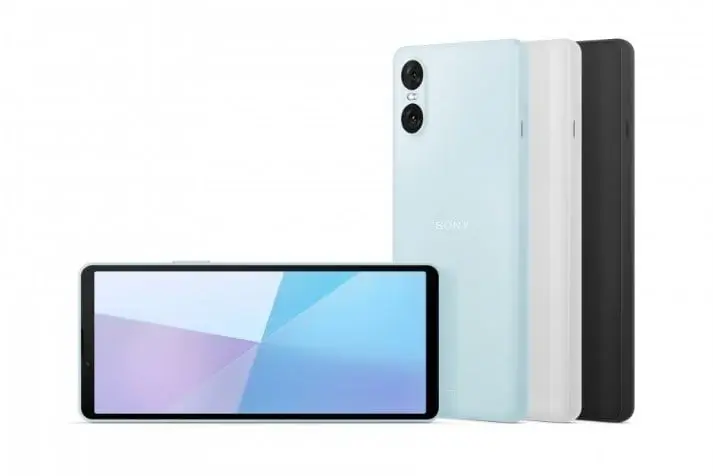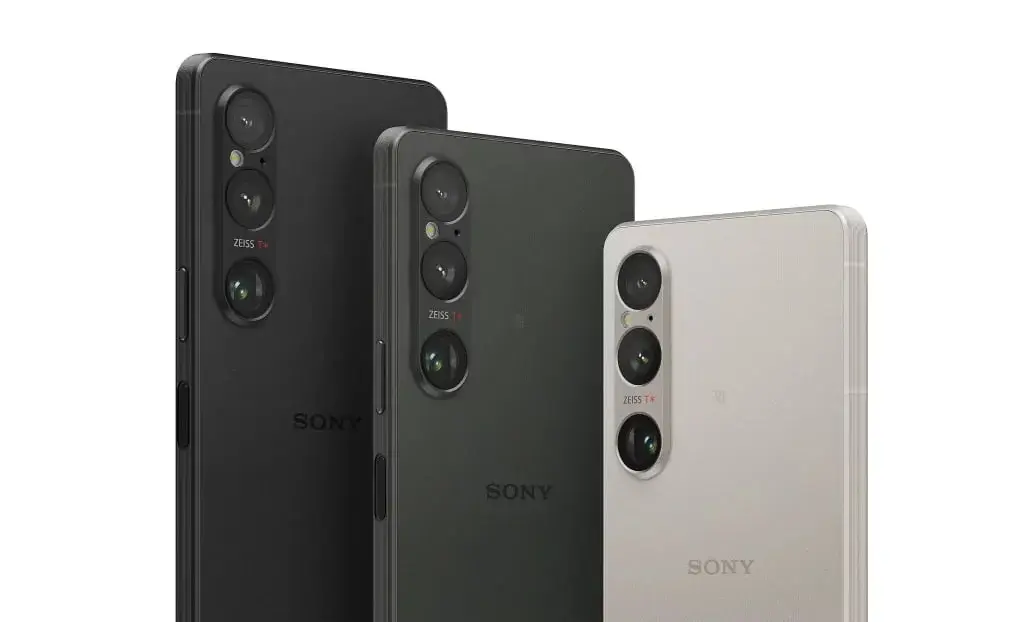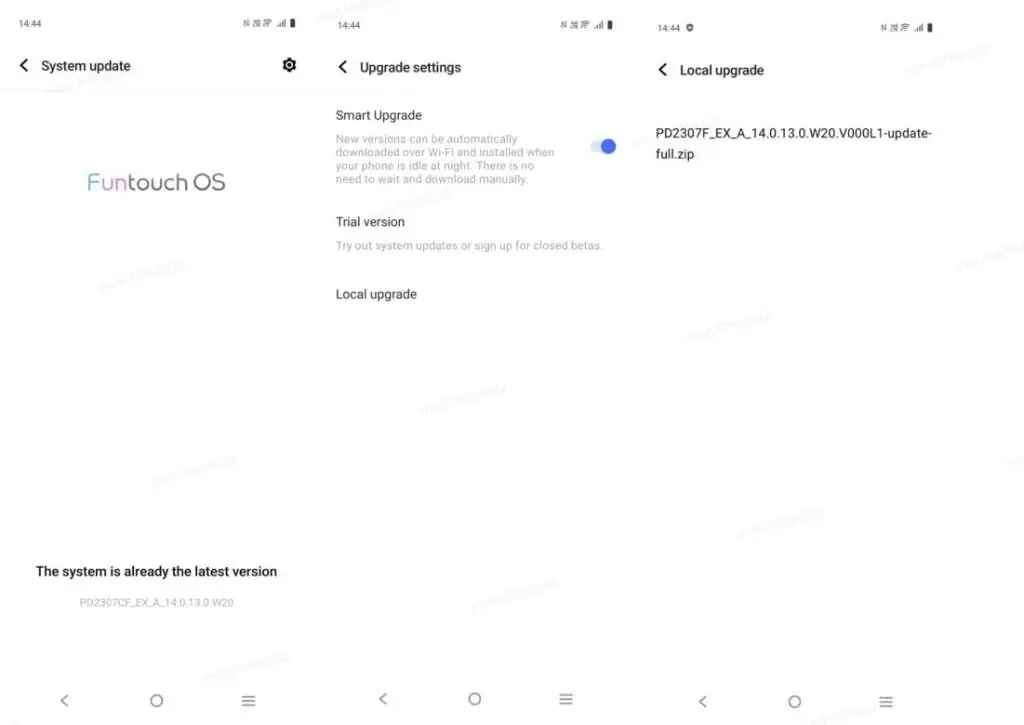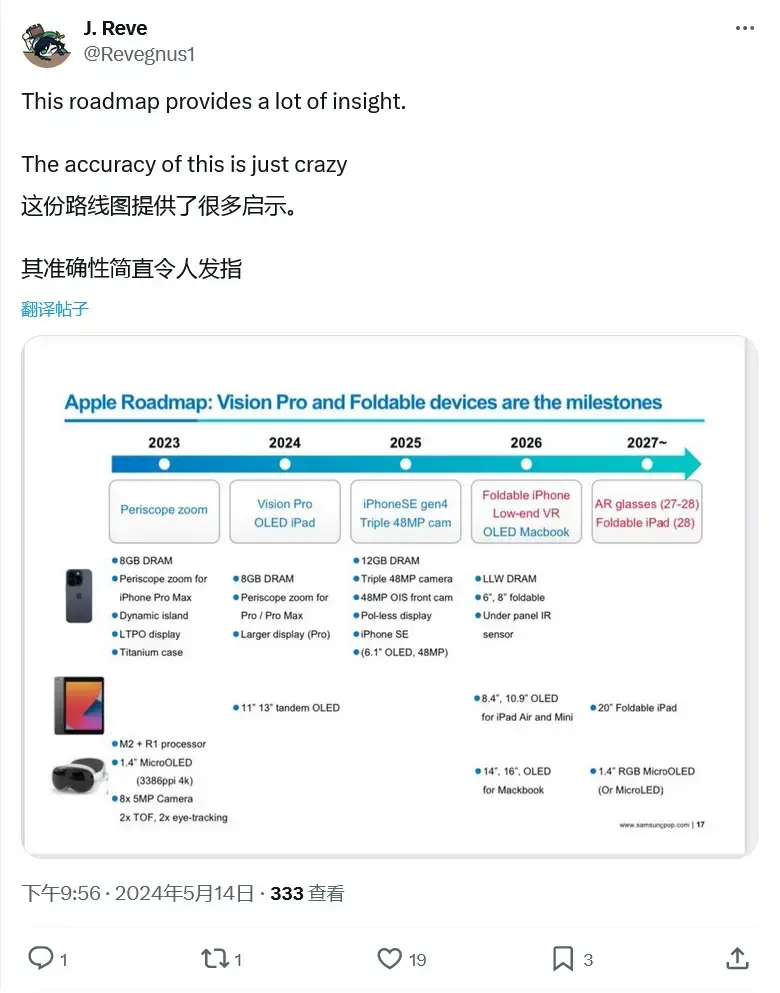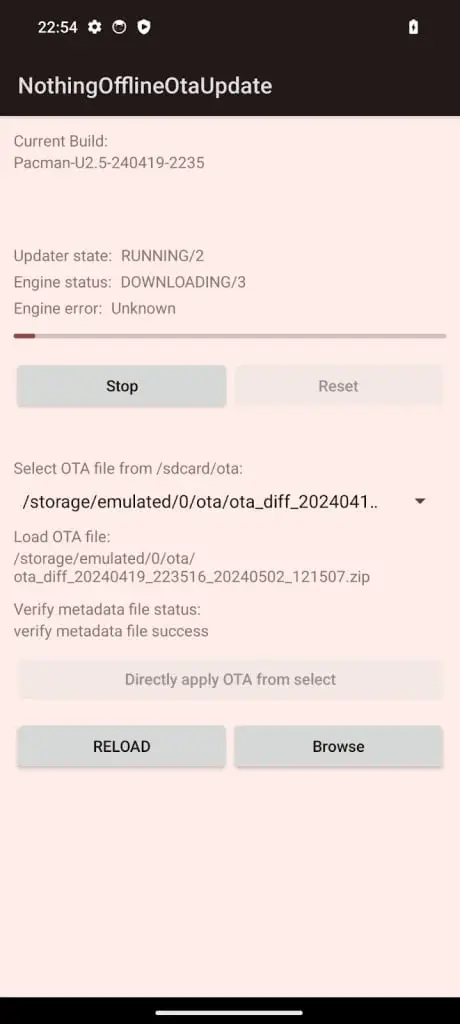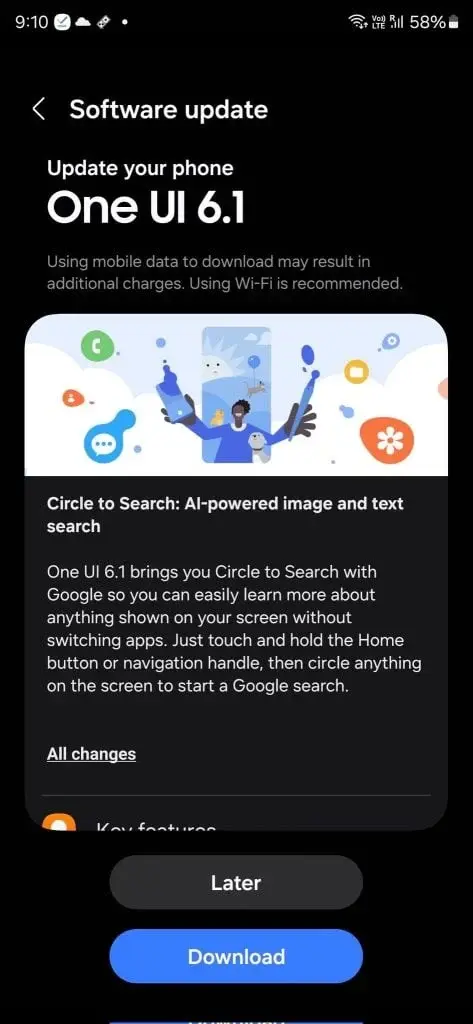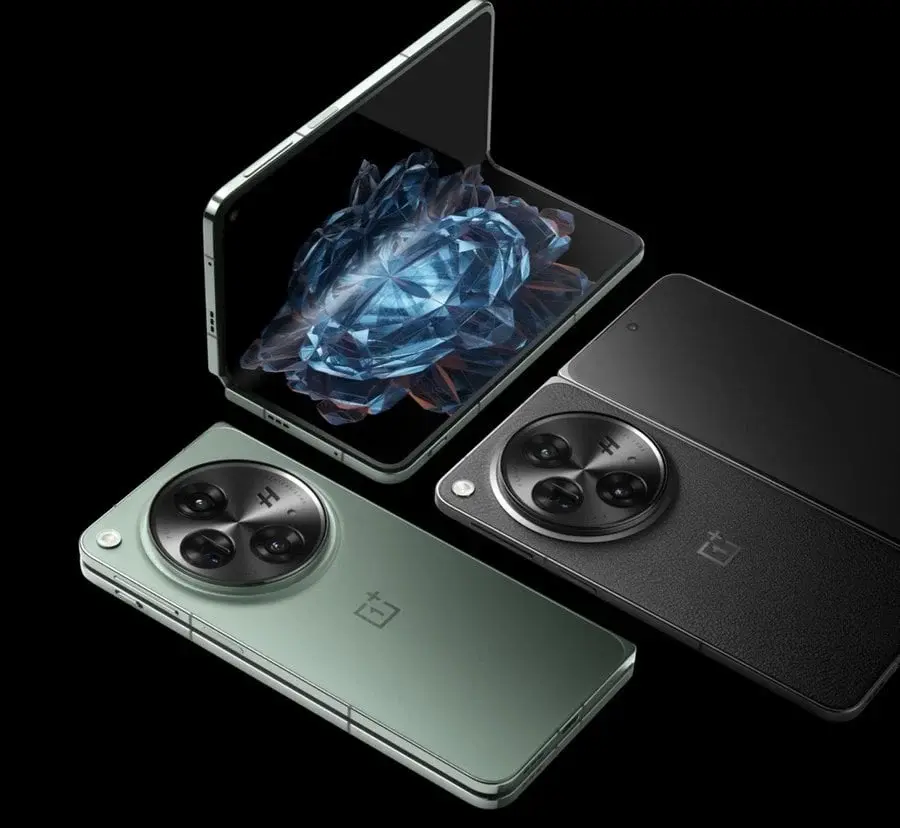Sony has introduced two new Xperia smartphones today: the Xperia 1 VI and Xperia 10 VI. The Xperia 1 VI is the flagship model, while the Xperia 10 VI is positioned as a mid-range option. The Xperia 10 VI builds upon its predecessor, the Xperia 10 V, with a few updates. Continue reading for more details.
Sony Xperia 10 VI specifications and features
The Xperia 10 VI retains the signature top and bottom bezels on its tall 21:9 aspect ratio screen. It sports a 6.1-inch Triluminious OLED display with FHD+ resolution and a 60Hz refresh rate. The screen is protected by Corning Gorilla Glass Victus. The device is IP68-certified, making it dust and water-resistant. It also features a side-mounted fingerprint scanner integrated into the power button.
The design of the Xperia 10 VI is minimalistic, featuring a raised pill-shaped area at the top left of the back panel that houses two camera sensors and an LED flash unit. The camera setup includes a 48MP main sensor with OIS and an 8MP ultra-wide-angle lens. Notably, Sony has removed the telephoto unit from this iteration. For selfies, there's an 8MP front camera.
Audio and Performance
The Xperia 10 VI is equipped with front-firing stereo speakers that support 360 Reality Audio, DSEE Ultimate, stereo recording, and aptX adaptive.
Under the hood, the Xperia 10 VI is powered by the Snapdragon 6 Gen 1 processor. It comes with 8GB of RAM and 128GB of internal storage, which is expandable via a microSD card slot. The device is fueled by a 5,000mAh battery that supports 30W fast charging. On the software front, it runs on Android 14 and promises three years of OS updates along with four years of security patches.
The Sony Xperia 10 VI is available in three colors: Black, White, and Blue. It is priced at €399 in Europe and £349 in the UK. The phone is currently available for pre-orders, and sales will begin in mid-June.

